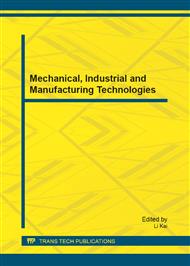p.41
p.46
p.53
p.58
p.63
p.68
p.74
p.80
p.87
Visualization of Supersonic Non-Newtonian Liquid Jets
Abstract:
This paper describes the characteristics of supersonic non-Newtonian liquid jets injected in ambient air. The main focus is to visualize three types of time-independent non-Newtonian liquid jet and to describe their behaviors. Moreover, comparisons between their dynamic behaviors with Newtonian liquid jet are reported. The supersonic liquid jets are generated by impact driven method in a horizontal single-stage power gun. Jets have been visualized by the high speed digital video camera and shadowgraph method. Effects of different liquid types on the jet penetration distance, average jet velocity and other characteristics have been examined. From shadowgraph images, the unique dynamic behaviors of each non-Newtonian liquid jets are observed and found obviously different from that of the Newtonian liquid jet. The maximum average jet velocity of 1,802.18 m/s (Mach no. 5.30) has been obtained. The jet penetration distance and average velocity are significantly varied when the liquid types are different.
Info:
Periodical:
Pages:
63-67
Citation:
Online since:
June 2012
Price:
Сopyright:
© 2012 Trans Tech Publications Ltd. All Rights Reserved
Share:
Citation:


